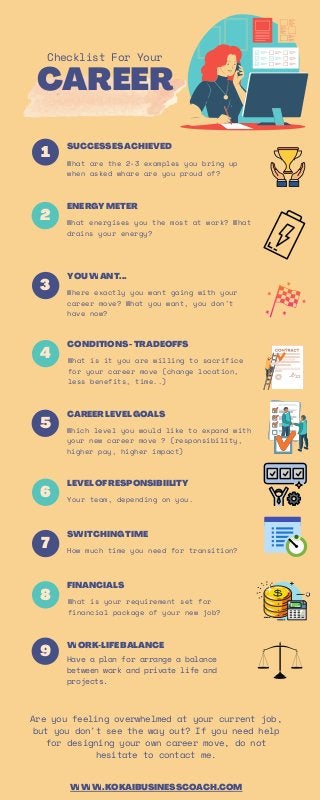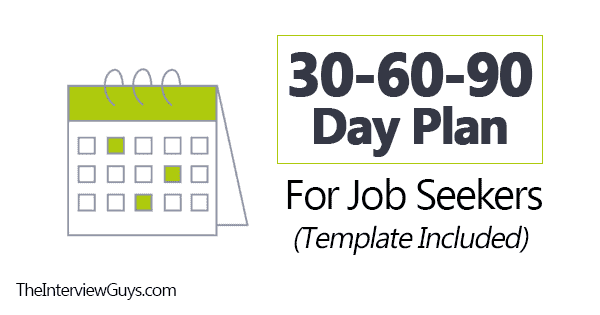
New employees can use a 30-day, 60-90-day plan to help them set goals and measure success. The plan outlines goals, priority, measurements, and a template. Start by asking yourself some questions. Once you have a clear understanding of what you want, you can begin to list your priorities and goals.
Goals
You must define realistic goals in your 30-60-day planning. These goals should be realistic and achievable. But, you need to remember that the first 30 days are crucial in getting comfortable with your new role. Many managers want to rush in and get things done, but you need to take your time, learn as much as possible about your new role, the organization, and your employees.
This phase is where you should identify your priorities as well as your team and stakeholder. Also, identify your organization's pain points. This allows you pinpoint the skills that need improvement. The 90-day phase will allow you to put these new skills into practice.

Priorities
You may need a 30--60-90 day plan if you're looking to make big changes in your company. This type of plan helps you set short-term goals that make achieving them easier. As time passes, you can add new goals to make it easier. You can set learning goals to expand your knowledge, or performance goals to complete specific tasks.
Creating a 30-60-90 day plan can also help new hires adjust to their new role. It is possible to quickly adjust new employees or managers by setting specific goals and using metrics to measure success. A 30-60-90-day plan can help with the onboarding process for new employees and managers, and can benefit applicants during the interview.
Success measures
A 30-60-60-90-day success plan must include clearly defined goals that are achievable during the course of its execution. These goals must be specific, measurable, achievable, and focused. Ultimately, a 30-60-90 day plan is meant to help new managers transition smoothly into the organization.
Setting goals is a skill, and the best goals are SMART goals. SMART goals are easily measurable, achievable, time-bound, and measurable. They reflect a positive attitude as well as your dedication and commitment to the job.

Template
Whether you're new to a new job or are a long-term employee, a 30-60-90-day plan can be a helpful tool to set short-term goals. The plan will identify the activities required for the first three month, such as learning about the job. This plan can be used to help managers establish expectations for new employees or those who have been promoted.
A 30--60-90-day planning template can help you organize your tasks according to priority and dependencies. You can also use this plan for planning training and education sessions.